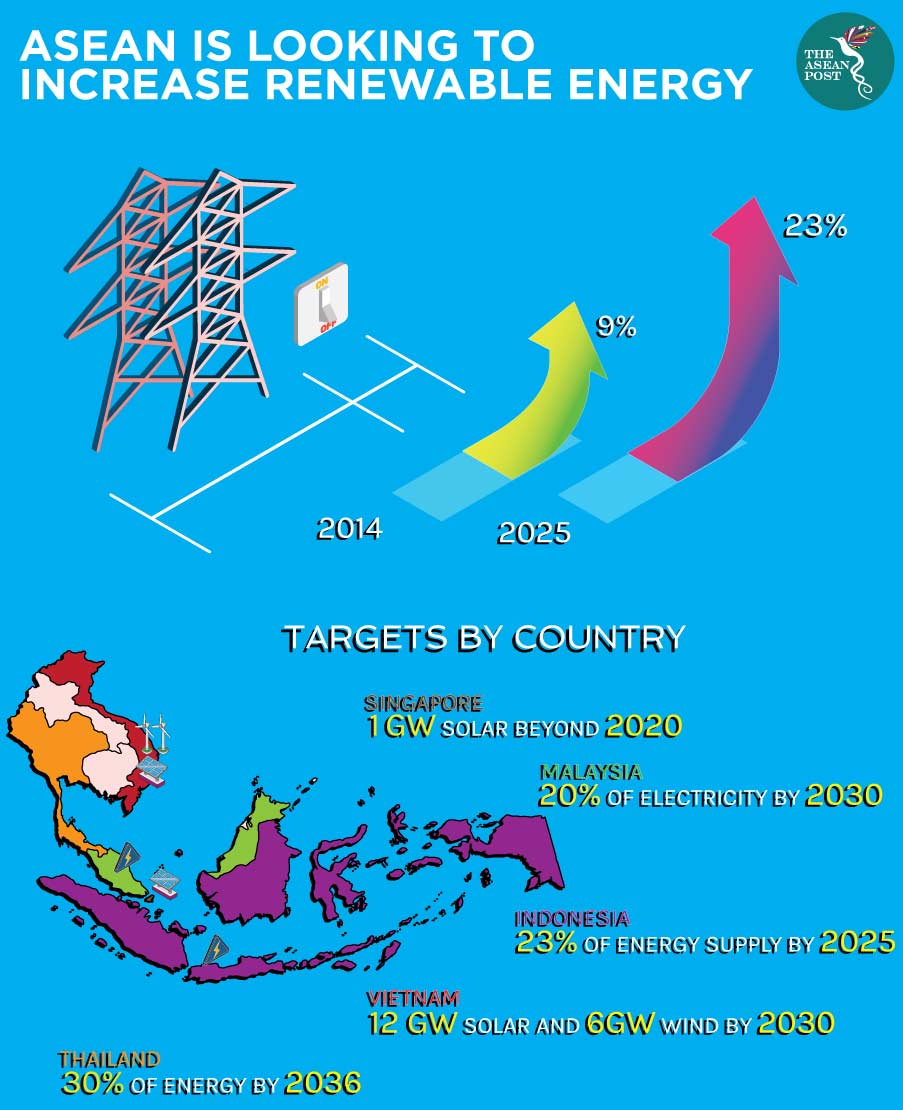The Electricity Generating Authority of Thailand (Egat) is studying various methods of power management and distribution, both domestically and abroad, in response to changes in electricity usage.
Patana Sangsriroujana, Egat’s deputy governor for strategy, said the agency visited several kinds of multifunctional power plants that not only produce power but also help store and manage energy from many fuel sources.
Power generation systems in Spain and Portugal were selected for Egat’s case studies.
“Egat wants to adopt power generation technologies and study renewable power as well as generate power from a combination of renewables and fossil fuels,” he said.
Studies on energy storage systems and grid modernisation are being conducted in line with the 20-year national strategic plan (2018-37) and the Energy for All scheme for community-owned power projects, Mr Patana said.
“The Energy Ministry, as Egat’s supervision unit, aims to supply and distribute electricity at the fairest price to all people.”
In Spain, Egat visited the Valle 1 and 2 concentrated solar power plants, powered by thermal energy from sunlight.
The plants concentrate sunlight through parabolic glass that tracks the sun’s movement and stores solar energy before transmitting it to a tube in the middle of a panel that contains oil that stores the energy at 393 Celsius.
“Once the heat is stored in oil, it can be easily used to boil water and produce steam and electricity through turbines. All output is then transferred to power generators, while hot molten salt is used to store heat for power generation at night,” he said.

The Frades II pumped storage power plant in Braga, Portugal has a capacity of 780MW sourced from two dams: Venda Nova and Salamonde.
In Portugal, Egat visited a clean energy power plant, using wind and solar power, operated by EDP Renewable (EDPR).
EDPR is a subsidiary of Energias de Portugal (EDP), one of the largest power producers in Portugal.
“The plants have been developed [by EDPR] to be more functional than ordinary power plants as they were built to actively manage inconsistent demand for electricity as well as unreliable energy output,” Mr Patana said.
“Energy from nature can be affected by many factors, so renewable resources are still unstable.”
EDPR is competitive in wind farm and solar energy activities, segments that have been growing continuously.
EDPR is the world’s fourth biggest wind energy producer with a total capacity of 10,600 megawatts.
“In addition to power plants, EDP also founded the trading unit UNGE Energy Management Dispatch Center for fuels such as natural gas and coal. The unit controls power trade from EDP’s power plants and others,” he said.
“The dispatch centre receives orders through transmission system operators such as power generation capacity, so it acts as a real-time auction board as well as a local trading service.”
In addition, Egat visited EDP’s hydroelectric power plant, the Frades II, which can store surplus electricity for use during shortages.
“The Frades II may seem like an ordinary power plant, but it is accompanied by a pumped storage system that will pump water volumes in and out in line with high and low demand,” Mr Patana said.
The plant needs two reservoirs at different levels as power demand falls during off-peak hours and surplus water is pumped into storage.
The water will be pumped back in when there is a power shortage.
“The plant also uses variable-speed reversible units to alter pumping speeds to meet intermittent renewable resources,” he said.
In Thailand, Egat plans to apply technologies and innovations used at Frades II for local power plants.
Mr Patana said the energy storage system from wind farms is being used in Chaiyaphum and Lop Buri, where both high-voltage substations have excess wind and solar resources.
The substations have capacity of 16MWh and 21MWh, respectively.
A pumped storage system has been installed at the hydroelectric power plant in Nakhon Ratchasima, which also includes a reversible unit. The plant has capacity of 500MW and Egat is constructing another 500MW of capacity, scheduled for completion by December.
Mr Patana said Egat is conducting an initial study on renewable energy control centres to assist renewable power plants and to deal with intermittent factors.













